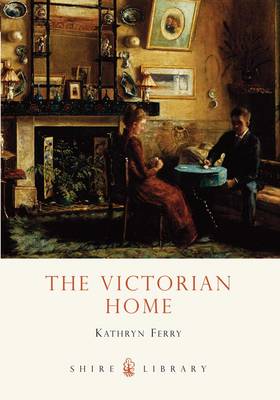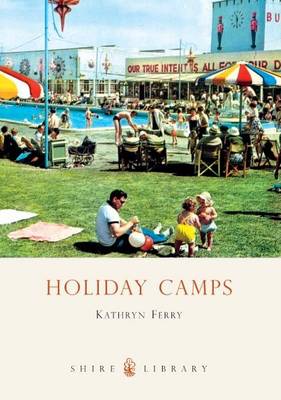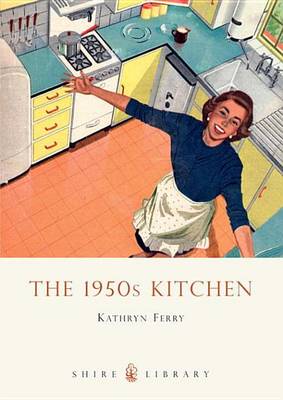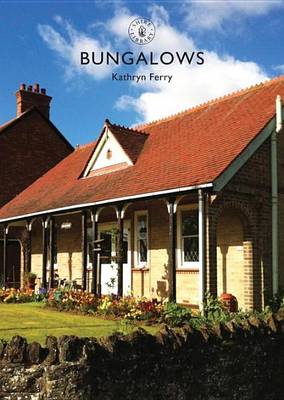Shire Library
5 primary works
Book 480
Behind the enduring popularity of beach huts lies a story of classic British eccentricity. Immensely photogenic and appealing, these colourful seaside buildings are direct successors of the Georgian bathing machine, which first appeared in the 1730s as a peculiar device to protect the modesty of rich and fashionable bathers. Kathryn Ferry paints a picture postcard view of the classic British seaside holiday through the history of beach huts and bathing machines, revealing how the changing fashions in society shaped their design and development. It provides a fascinating celebration of the evolution of the beach hut from its unusual beginnings, to its status as a much-loved and sought-after structure by many a British holiday maker to this day.
Book 573
The nineteenth century saw huge changes in design and technology that meant that a middle-class home looked very different by the time Queen Victoria died in 1901 to how it had at her accession in 1837. This book looks at the social history of rooms in the Victorian home and at how, thanks to industrialised mass production, people were empowered to make choices about how to decorate their homes. Numerous exterior and interior styles were available as Victorian architects and designers grappled towards a new decorative language by testing the best from the past. This meant that families could choose to live in an Italianate villa, a semi-detached Gothic or a Queen Anne terraced home. From the 1870s, the Arts and Crafts Movement rejected consumption for consumption's sake and gave us a brand of interior design still relevant and appreciated today.
Book 591
From the 1930s to the 1960s, millions of British people chose to spend their annual summer break at a holiday camp, taking advantage of the all-in package that included accommodation, food, and plentiful entertainment. The market leader was Billy Butlin whose camps operated on a vast scale, and offered a brightly coloured leisure land in contrast to the drabness of post-war rationing. The holiday camp story, however, goes back to the 1890s, and it continues into the present day with signs of a revival in camp fortunes. Kathryn Ferry celebrates the communal and the kitsch, glamorous grandmother competitions, chalets, Redcoats and all the other well-known symbols of an incredibly popular form of twentieth-century holiday.
Book 627
The 1950s was the first great age of the modern kitchen. Labour-saving appliances, bright colours and the novelty of fitted units moved the kitchen from dankness into light, where it became the domain of the happy housewife and the heart of the home. New space-age material Formica, decorated with fashionable patterns, topped sleek cupboards that contained new classic wares such as Pyrex and 'Homemaker' crockery, and the ingredients for 1950s staples: semolina, coronation chicken and spotted dick. Electricity entered the kitchens of millions, and nowhere in the home was modern technology and modern design more evident. Bold colour, clean lines and stainless steel were keynotes of the decade. This book - a celebration of cooking, eating and living in the 1950s kitchen - is a feast of nostalgia, and a mine of inspiration for anyone wanting to recreate that '50s look in their own home.
Book 758
Now synonymous with the single storey home, when the bungalow was introduced to Britain in the late 1860s it had more elaborate connotations. Appropriated by colonial officials in Bengal, this humble dwelling was transformed upon its arrival on the Kent coastline into a new type of holiday home, complete with veranda and servant quarters. These first Western examples became very popular amongst the upper middle-class and the elderly,and crucially also attracted artistic inhabitants, setting the tone for the bungalow as a Bohemian escape well into the twentieth century. Focusing on the British bungalow up to the Second World War, Kathryn Ferry here explores its social, cultural and architectural development, revealing what the very earliest versions looked like and why at the peak of their popularity bungalows were so ubiquitous.




